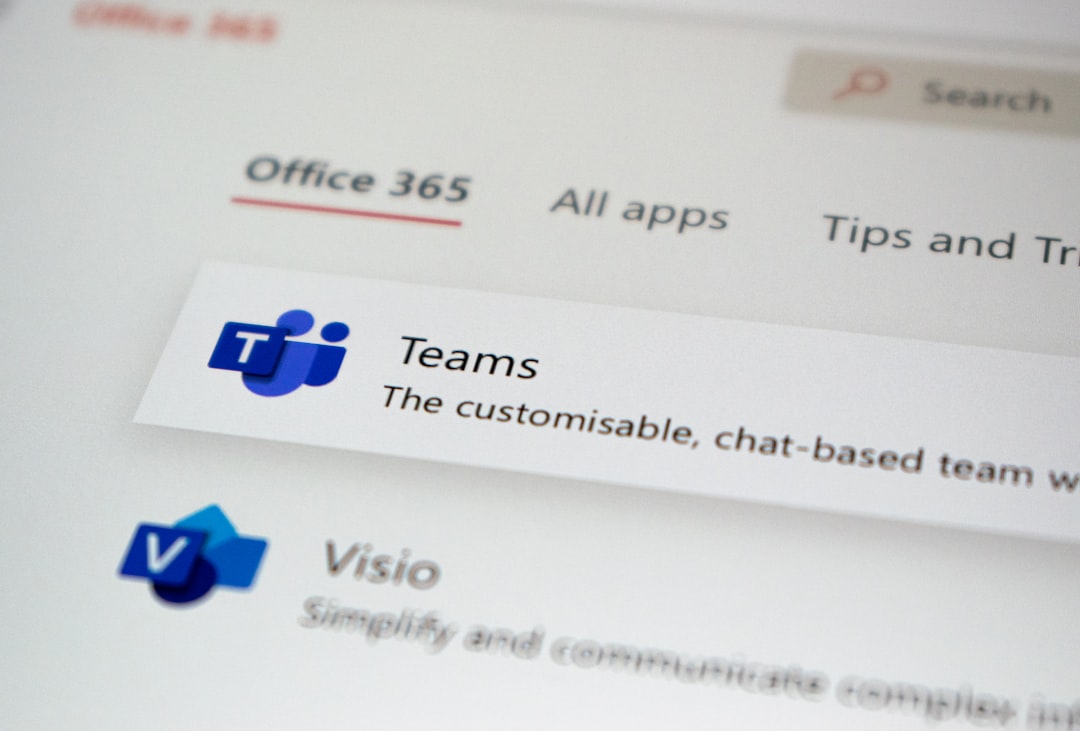In the ever-evolving landscape of digital media, magazines face intense competition to capture reader attention, drive subscription growth, and build a distinctive brand identity. Hiring a marketing agency with deep industry experience can offer the strategic direction and tactical execution needed to meet these objectives. However, selecting the right agency is not a task to take lightly. The best way to ensure you’re bringing on a capable and aligned partner is by issuing a comprehensive Request for Proposal (RFP).
This article outlines a professional and detailed RFP template designed specifically for magazines that want to hire a marketing agency. Whether you’re launching a new publication or revitalizing an established title, use this guide to streamline your selection process and align agency capabilities with your business goals.
Why Use an RFP to Hire a Marketing Agency?
An RFP allows you to:
- Standardize responses for easy comparison
- Set clear expectations regarding scope, timeline, and deliverables
- Evaluate competencies with data-backed evidence from previous campaigns
- Mitigate risk by thoroughly vetting potential partners
A well-structured RFP acts not just as an invitation to submit a proposal, but also as a reflection of your magazine’s professionalism, strategic orientation, and understanding of marketing fundamentals.
Key Components of the RFP Template
Below is a breakdown of the crucial elements every RFP should contain:
1. Introduction and Background
Use this section to introduce your magazine and share essential background details:
- Founding year and ownership
- Mission and editorial focus
- Circulation numbers (digital and print)
- Audience demographics
- Key competitors
This provides agencies with context for suggesting targeted strategies that align with your brand’s unique voice and market position.
2. Project Objectives
Clearly outline what you wish to accomplish. Some objectives might include:
- Increase digital subscriptions by a specific percentage over 12 months
- Improve brand visibility through influencer and social media campaigns
- Drive qualified leads for partnership and advertising opportunities
- Rebrand and relaunch the magazine to reach new audiences
The more specific your goals, the better the proposals you’ll receive. This section ensures marketing agencies understand the outcomes they are expected to drive.
3. Scope of Work
Define the expected services and deliverables, including:
- Strategy development (brand positioning, audience targeting)
- Digital marketing (SEO, PPC, email, social media)
- Content marketing (articles, blog posts, video)
- Graphic design and creative direction
- Performance tracking and analytics reporting
If you have an in-house team managing part of the workload, explain how responsibilities will be shared.
4. Budget and Timeline
While some organizations hesitate to share budgets, being transparent can prevent mismatched expectations. Provide a budget range or retainer fee guidelines and include anticipated start and end dates.
For example, state: *“We anticipate a six-month engagement beginning August 1, with a monthly retainer in the $7,000–$10,000 range.”*
5. Proposal Requirements
List the information you expect each proposal to include, such as:
- Company profile and leadership bios
- List of magazine or media clients previously served
- Case studies with measurable results
- Team roles and involvement in your account
- Proposed strategy brief based on your goals
- Pricing structure and billing model
Incorporating specific requirements ensures you’re assessing comparable elements across agencies.

6. Evaluation Criteria
Inform applicants how their proposals will be judged. Some sample criteria include:
- Experience working with print and digital publications
- Creative and strategic thinking
- Alignment with brand tone and voice
- Data-driven decision making capabilities
- Cost efficiency
- References and client testimonials
Communicating evaluation criteria in advance promotes fairness and demonstrates transparency.
Sample Timeline for the RFP Process
To maintain momentum and give agencies enough time to respond thoughtfully, consider this timeline:
- Week 1: Issue RFP to selected agencies
- Week 2: Agencies submit questions for clarification
- Week 3: Deadline for proposal submission
- Week 4: Review proposals, shortlist candidates
- Week 5: Conduct interviews or pitch sessions
- Week 6: Award contract and begin onboarding
This gives you ample time for consideration, prevents rushed decisions, and puts agencies on a clear path forward.
Common Mistakes to Avoid
Crafting an effective RFP is as much about avoiding pitfalls as it is about collecting useful information. Steer clear of the following:
- Being too vague: Agencies won’t be able to propose effective strategies if you don’t provide specifics.
- Overloading with technical detail: Clarity and organization trump excessive jargon.
- Failing to set a budget: Your shortlisted agencies may all be unaffordable, wasting your time and theirs.
- Neglecting to define success: If you can’t define it, they can’t deliver it.
Benefits of Hiring the Right Agency
A high-performing marketing agency can become an extension of your internal team. The benefits of this collaboration include:
- Access to senior-level marketing professionals with varied subject matter expertise
- Faster execution using well-developed systems and tools
- Data insights from cross-industry campaigns
- Greater brand consistency across digital and traditional media
- Long-term sustainability for audience and revenue growth

Final Thoughts
Choosing a marketing agency is a high-stakes decision that deeply impacts your magazine’s future. Issuing a robust and well-thought-out RFP opens the door to experienced professionals who can help amplify your brand, grow your audience, and bring strategic clarity to your campaigns.
Use this RFP structure not only to source proposals but also as an internal roadmap for defining how you want your magazine to grow. A carefully prepared RFP not only attracts top-tier talent—it also signals your readiness to be a true strategic partner in your marketing journey.
By investing time up front to get the RFP right, you’ll make better choices, build more meaningful relationships, and achieve better ROI on your marketing spend. With competition only continuing to grow, the right agency could mean the difference between surviving and thriving in the competitive media landscape.
